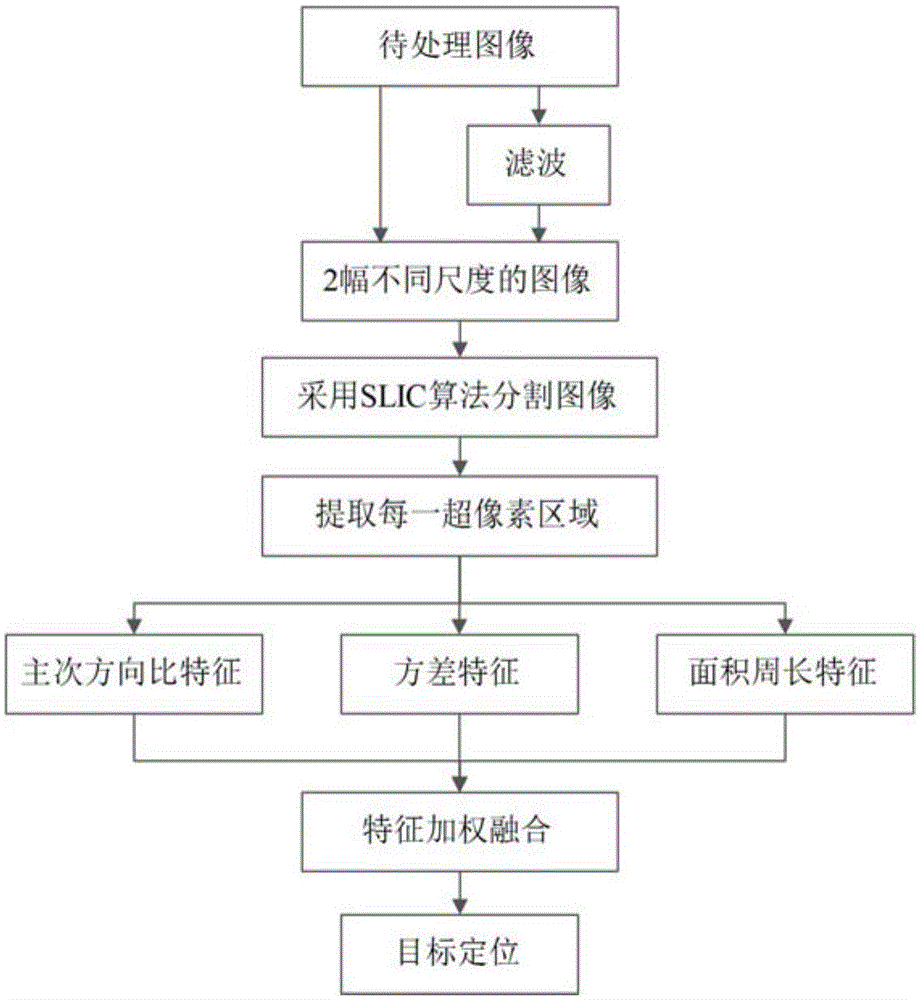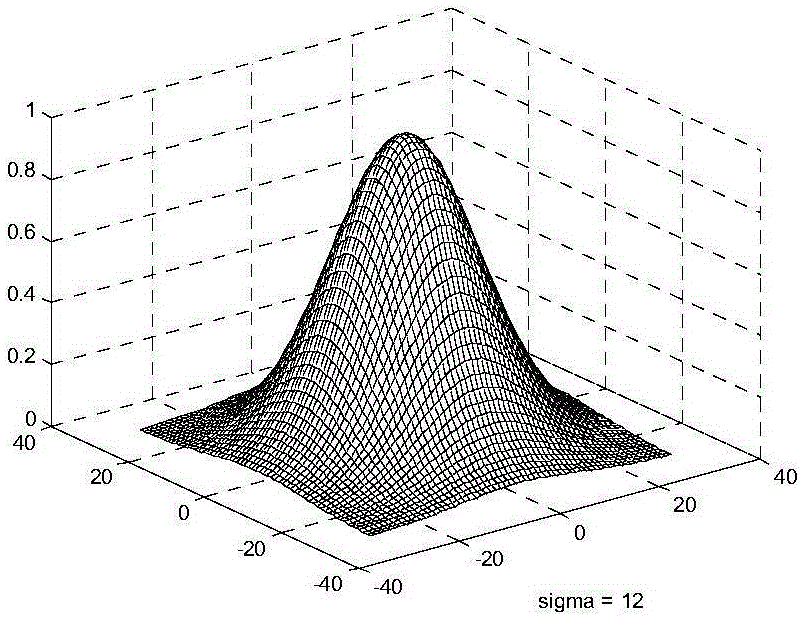Multi-feature image segmenting and positioning method suitable for spatial non-cooperative targets
A non-cooperative target and image segmentation technology, which is applied in image analysis, image data processing, instruments, etc., can solve the problems of high time complexity of the algorithm, difficulty in meeting real-time performance, and large time overhead
- Summary
- Abstract
- Description
- Claims
- Application Information
AI Technical Summary
Problems solved by technology
Method used
Image
Examples
Embodiment Construction
[0035] The present invention will be described in detail below in conjunction with the accompanying drawings. It should be noted that the described embodiments are only intended to facilitate the understanding of the present invention, and do not limit it in any way.
[0036] see figure 1 , a multi-feature image segmentation and positioning method applicable to spatial non-cooperative targets in the present invention, which mainly consists of image segmentation, superpixel primary and secondary direction ratio feature calculation, superpixel variance feature calculation, superpixel area perimeter feature calculation, and feature weighting Fusion and targeting consists of six parts.
[0037] The method specifically includes steps as follows:
[0038] 1. Image segmentation:
[0039] Select an image containing non-cooperative targets as the image to be processed, and apply the SLIC (Simple Linear Iterative Clustering) algorithm to segment the image into superpixels with the sa...
PUM
 Login to View More
Login to View More Abstract
Description
Claims
Application Information
 Login to View More
Login to View More - R&D
- Intellectual Property
- Life Sciences
- Materials
- Tech Scout
- Unparalleled Data Quality
- Higher Quality Content
- 60% Fewer Hallucinations
Browse by: Latest US Patents, China's latest patents, Technical Efficacy Thesaurus, Application Domain, Technology Topic, Popular Technical Reports.
© 2025 PatSnap. All rights reserved.Legal|Privacy policy|Modern Slavery Act Transparency Statement|Sitemap|About US| Contact US: help@patsnap.com



